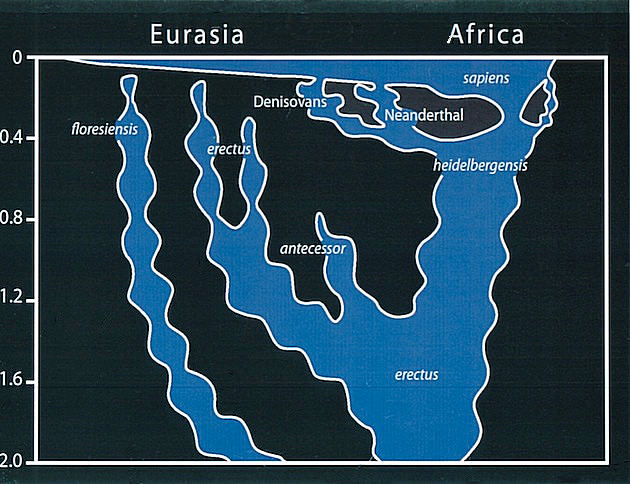
But he belies the image of a don: He showed up for our interview wearing a T-shirt and jeans, looking as if he had just come in from the field.Ī condensed and edited version of our conversation follows. Stringer, an animated man of 64, is an anthropologist at the Natural History Museum in London and a fellow of the Royal Society.


To help make sense of this cascade of new information, a leading authority on modern human evolution - the British paleoanthropologist Chris Stringer - recently sat for an interview in New York that ranged across many recent developments: the evidence of interbreeding between Neanderthals and Homo sapiens the puzzling extinct species of little people nicknamed the hobbits and the implications of a girl’s 40,000-year-old pinkie finger found in a Siberian cave.ĭr. Just last month, researchers made the startling announcement that Stone Age paintings in Spanish caves were much older than previously thought, from a time when Neanderthals were still alive. Genetics reveals the timing and place of the Eve of modern humans.Īnd archaeology turns up ancient artifacts reflecting abstract and creative thought, and a growing self-awareness. Fossils of skulls and bones expose anatomical changes. Their research is advancing on three fronts. Who are we, and where did we come from? Scientists studying the origin of modern humans, Homo sapiens, keep reaching deeper in time to answer those questions - toward the last common ancestor of great apes and humans, then forward to the emergence of people more and more like us in body and behavior.


 0 kommentar(er)
0 kommentar(er)
